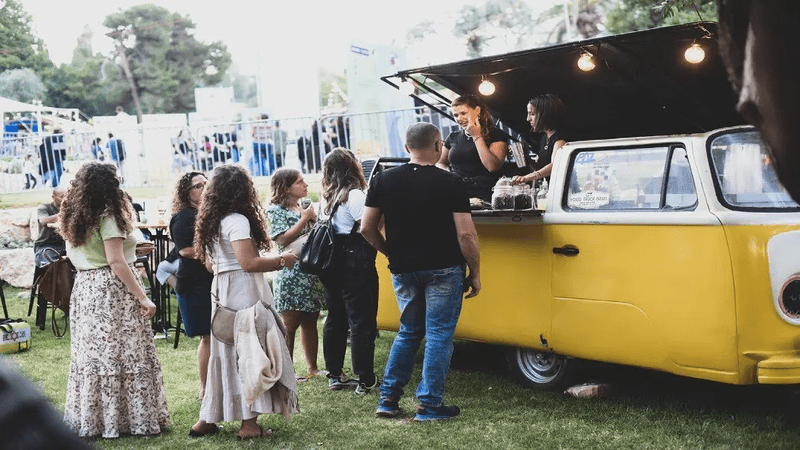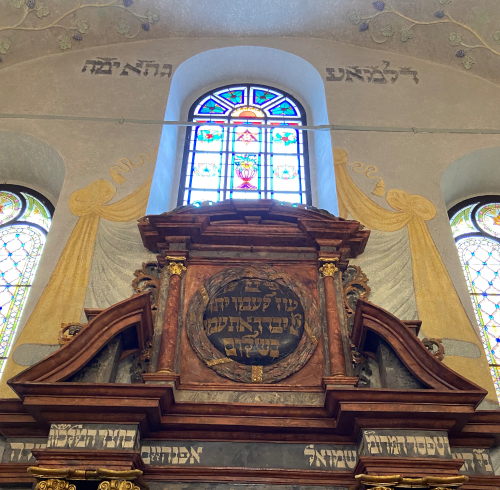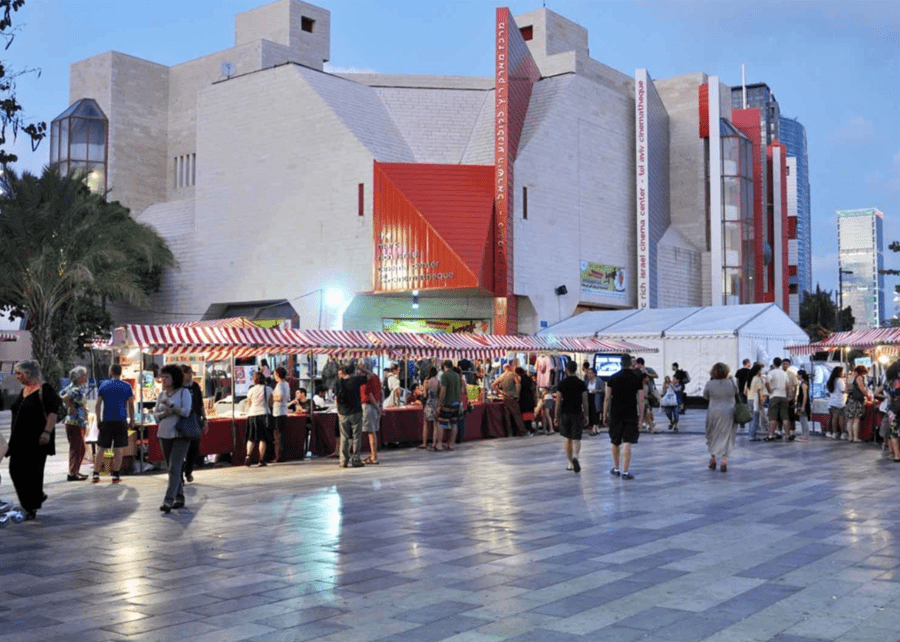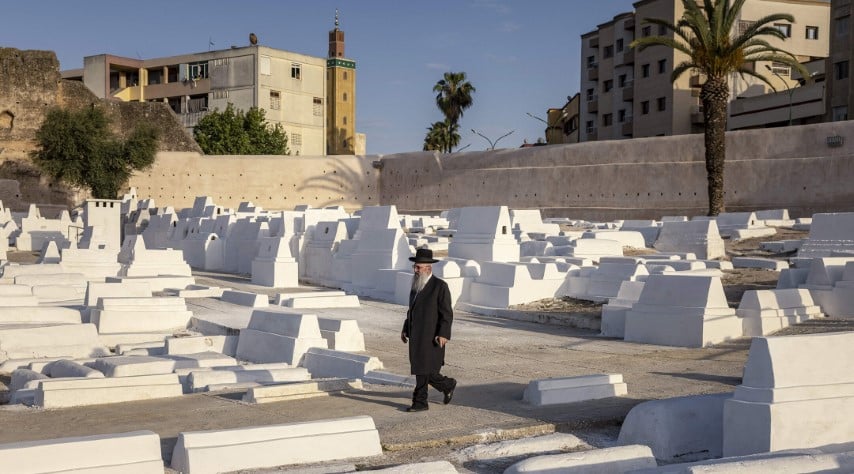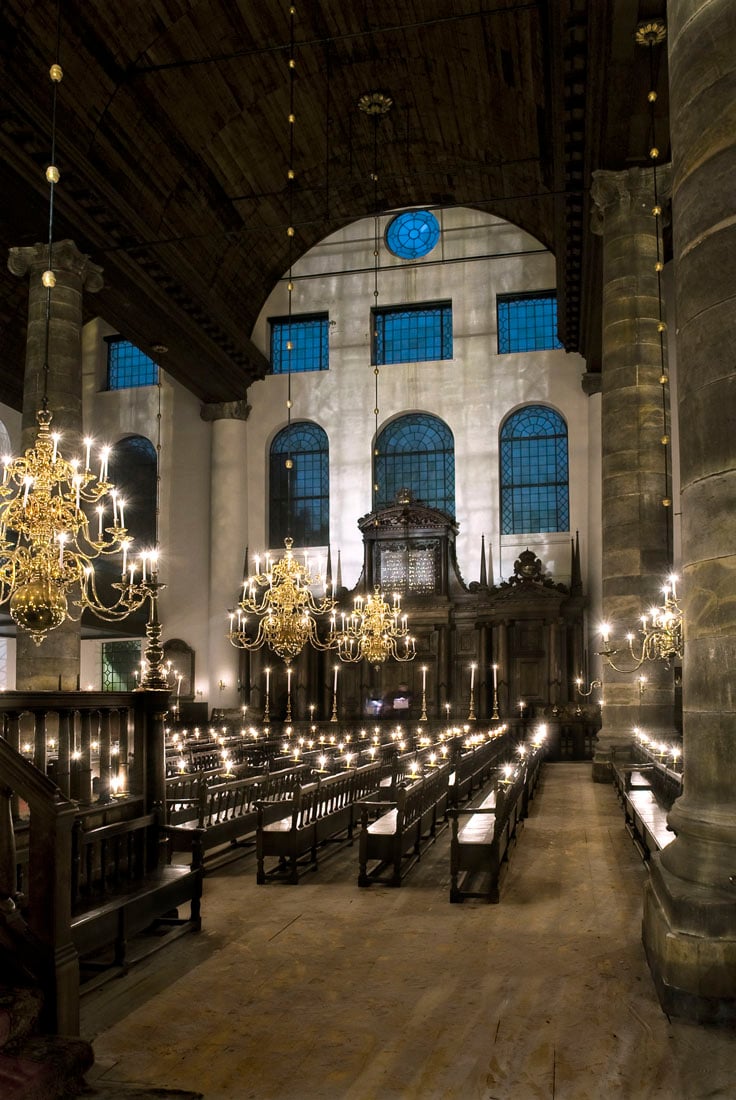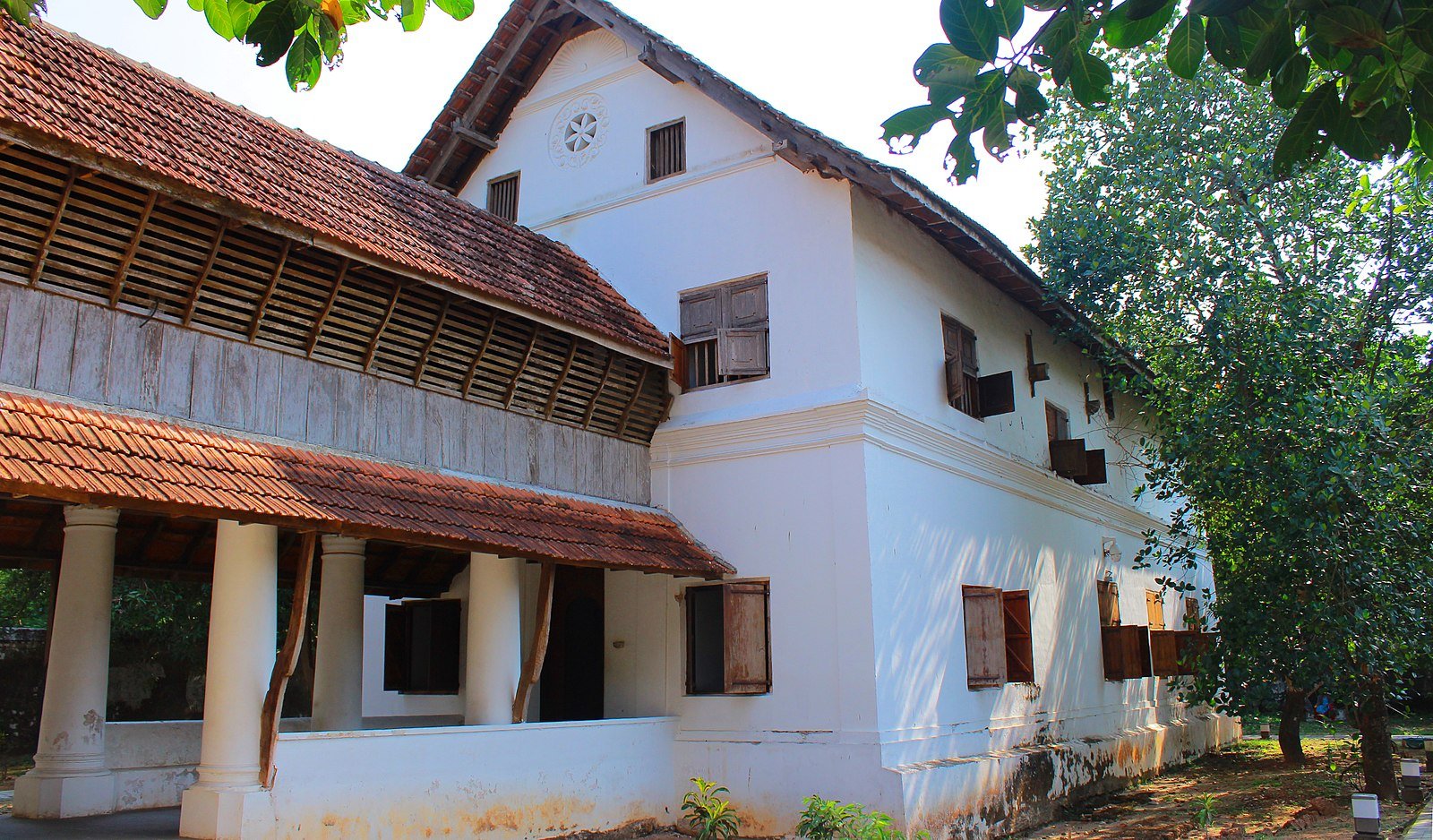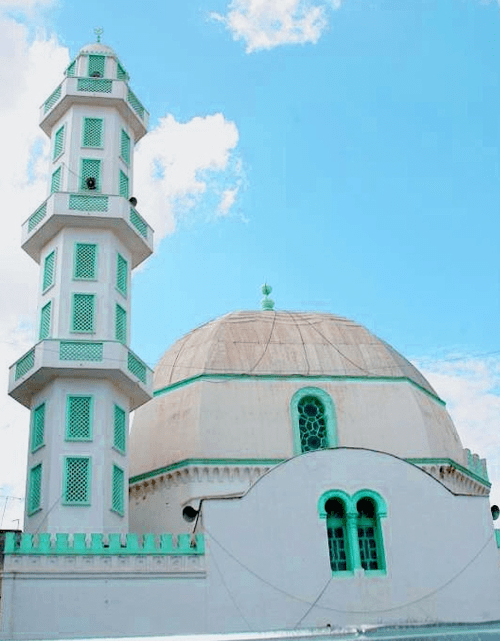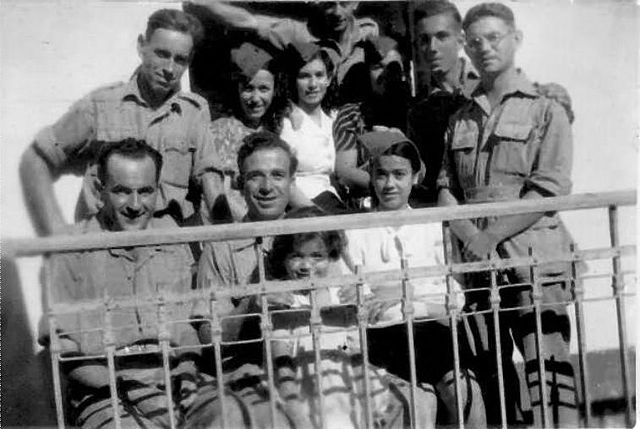Food Truck Festival: A Summer Feast for Everyone
Every summer, the Jerusalem Food Truck Festival returns to Jerusalem. Also called Auto Ochel, the festival is held in the evenings at the Armon HaNatziv Promenade. The top chefs of local restaurants come out to serve their signature dishes from food trucks across the course of a few weeks. The menu rotates every two weeks, featuring a wide assortment of dishes, some of which have included Yemenite-Jewish arisef, crispy beef arayes with Jerusalem spices, hamburgers, sushi, and more.
The Jerusalem Food Truck Festival has become a favorite summer event in Jerusalem. Local Israelis look forward to coming out to the festival every summer. Every Thursday, the festival hosts a party with picnic areas, photo booths, and special storytelling sessions for children. A color laser show called “High Light” runs several times throughout the evening, set against the night sky. The whole atmosphere of the food truck festival is warm and inviting, and with its scenic overlook of the city, it’s hard to imagine a better setting.
The festival is perfect for food lovers and families who want to hang out with good food and music. It’s a community celebration with food and fun at the center. With flavors ranging from savory to sweet and dishes like hummus to hamburgers served, the Jerusalem Food Truck Festival is an annual event not to be missed.
